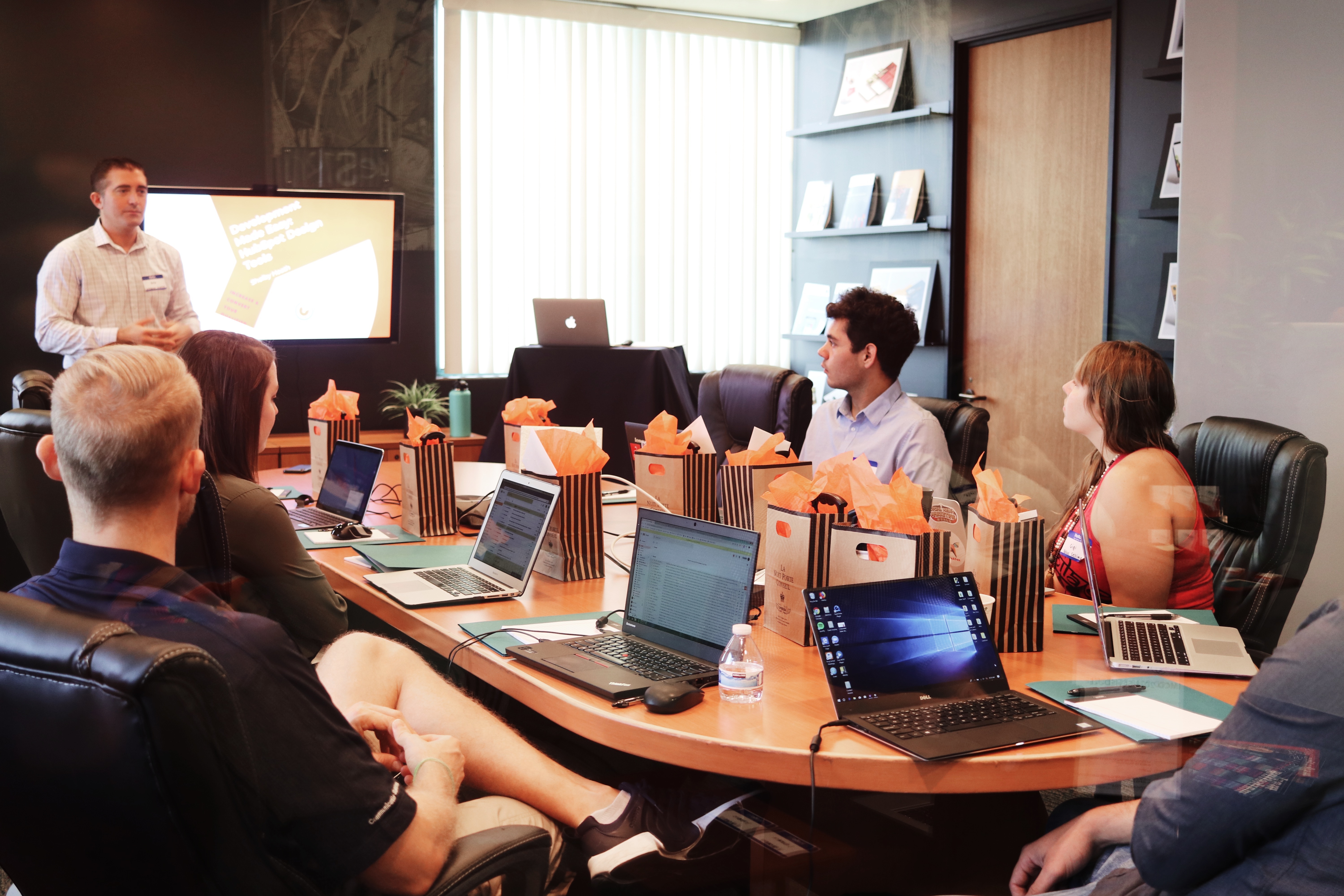Have you had the good fortune to cross paths with at least one leader in your career that made a lasting difference in your life, how you see yourself, or your outlook?
I’ll never forget the excellent leader I witnessed early in my career. He was open to seeing things the way they were, listened in an entirely present way to those around him, passionately and persuasively advocated for what was in the best interest of the company. The energy he created was powerful for others and influenced outstanding results for the enterprise.
How can you develop this type of impact? These three fundamental things will make the difference for you:
1. Be fully present to what you are doing. Rather than being a creature of habit, making mistakes and having to apologize, develop a clear intention for your choices. Leading with intention requires conscious attention to what you intend to achieve and what is going on around you. Intentional behavior helps you to make strategic decisions about how to communicate and approach challenges on your way to results. If you have a biased or fixed idea about a person or a situation, you may miss opportunities to see things clearly – as they are. To know whether you are fully present and intentional, ask yourself:
Am I clear about my intentions?
Am I distracted by my computer, phone, or what I have to do next so that I am not fully present?
Do I have preconceived notions or mindsets about a person or situation?
2. Practice self-reflection to become more aware. Successful leaders benefit by self-awareness. They see their “self” as the primary source for achieving results. Self-awareness enables you to use your emotions to think more clearly and helps you to be more intentional. It helps you to learn from successes and mistakes. You practice self-reflection by asking yourself questions about who you are to others, what you are doing to learn and grow, and the impact your leadership style has on others. Ask yourself:
Why do I do the work I do?
How open am I to my learning?
How would others describe me as a leader?
3. Make a connection between your organization’s mission and your role. Context is critical. You may have heard the expression, “culture eats strategy for lunch.” Your role as a leader is to ensure the environment is supportive of getting results aligned with the organization’s mission and vision. Invitation forms culture, not a mandate. Culture forms by commitment, rather than coercion. When others’ behavior is out of alignment with the organization’s goals, it’s up to you to set the tone for what is right through your communication and actions. You are a model and a coach – giving explicit directions, listening and observing, giving feedback and asking questions skillfully and strategically. These actions have a beneficial effect on the environment and the culture under your leadership. Ask yourself these questions:
What kind of environment do I create in my interaction with others?
What are the behaviors required for the future success of the business?
What can I do to model these behaviors?
Use these questions as a regular practice, and your leadership will make a considerable difference to others around you and your career.
